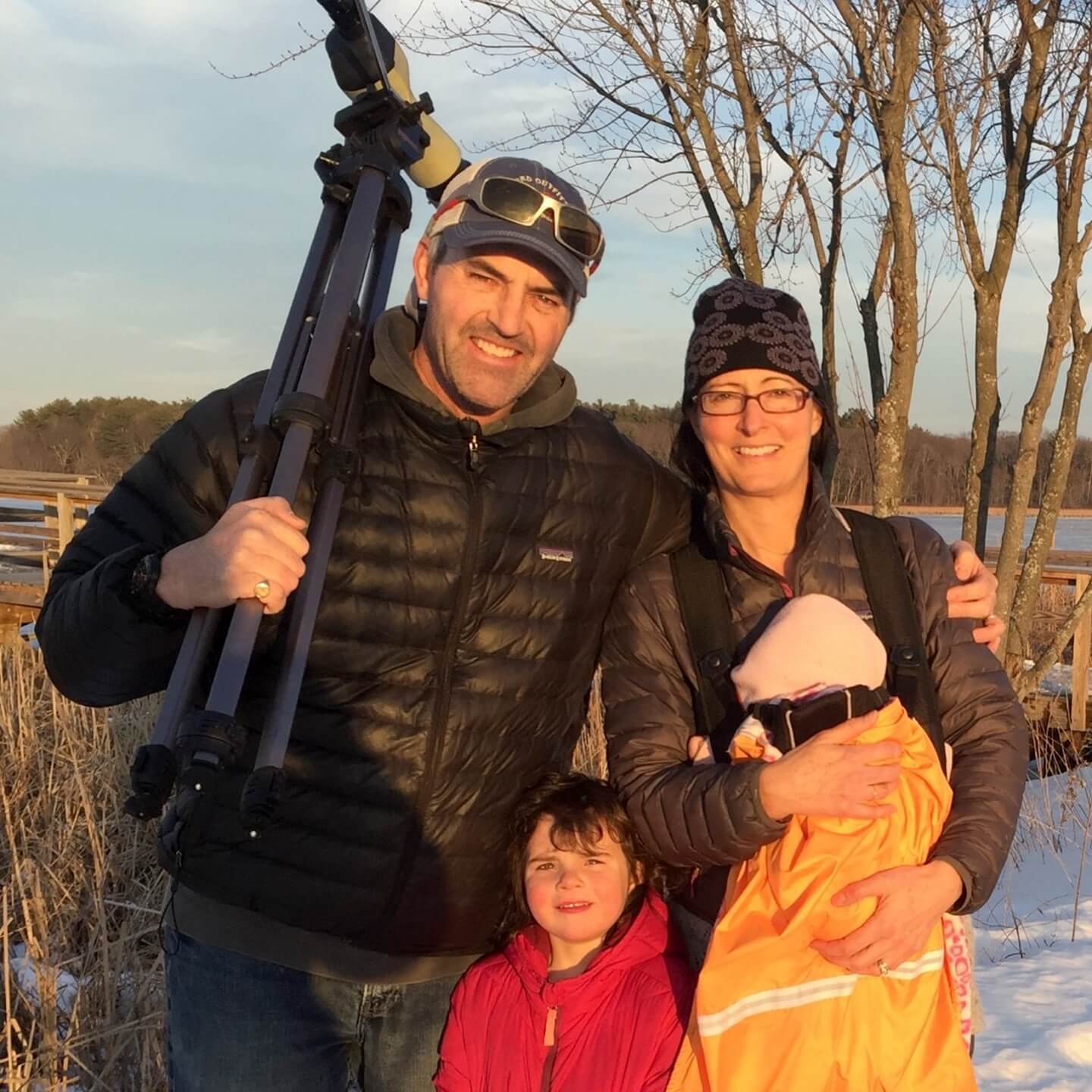Wilson Kerr lives in Concord and is an avid outdoorsman and amateur naturalist. This monthly column is written to help grow awareness of the wonders of nature. In this increasingly fast-paced and technology-packed world, it is important to stop and take in the beauty of our area and the animals that inhabit it. The author hopes this column will be read by families and used as a teaching tool and that you will spend more… Time Outdoors.
For my first Time Outdoors column in this inaugural issue of the Concord Bridge, I thought it fitting to honor the paper’s title by writing about the rivers that run deep through the history of Concord. In fact, their waters are the very reason our town is here.
There are three rivers in town, with the Assabet and Sudbury converging to form the Concord. From this confluence, the Concord travels 16 miles north to join the Merrimack River in Lowell, which then flows to the sea.
In the Algonquin language, the Concord River and surrounding land was “Musketaquid” meaning “grass-ground river” or “grassy river” due to the lush vegetation that covered its banks. For at least 8000 years before white settlers arrived, the native Musketaquid people grew corn, beans and squash in the rich meadows along the river and wove intricate fish traps to harvest the river’s bounty of herring and shad migrating upstream from the ocean. Freshwater mussels were apparently a favorite, as huge mounds of discarded shells were found on the current site of Emerson Hospital.
White settlers quickly recognized the value of this combination of water and open land and, in 1635, just 15 years after the Pilgrims landed in Plymouth, a man named Simon Willard and several other settler families set out from what is now Newton, MA on trails to find an area of open plains that Willard had heard about from trading beaver pelts. They arrived and named the new town “Concord” after trading goods with the native people for 6 square miles of land.
The name was fitting because the word Concord means, “agreement or harmony between people or groups”. Sadly, this harmony quickly gave way to European dominance of the area, as deadly smallpox swept New England in waves.
The new town of Concord flourished largely because of the Concord River. Flooding the meadows with rich sediment each spring, the river delivered soil perfect for farming and its waters teamed with fish. As time passed, the rivers provided early hydro power for saw and grist mills for timber and grinding corn into flour. In April of 1775, the North Bridge over the Concord River bore witness to “the shot heard round the world”, starting the American Revolution.
Then, in 1845 Henry David Thoreau moved to his sparse cabin on Walden Pond. But the first book he wrote there was not Walden, it was a book called A Week on the Concord and Merrimack Rivers, describing an adventure he and his brother John had, before his brother’s death. The book is a beautiful description of the power and beauty of the Concord River, and its impact on him. If you are calmed by the flow and rhythm of water, this is a must-read. Here is a passage that struck me,
“I had often stood on the banks of the Concord, watching the lapse of the current, an emblem of all progress, following the same law with the system, with time, and all that is made; the weeds at the bottom gently bending down the stream, shaken by the watery wind, still planted where their seeds had sunk, but erelong to die and go down likewise; the shining pebbles, not yet anxious to better their condition, the chips and weeds, and occasional logs and stems of trees that floated past, fulfilling their fate, were objects of singular interest to me, and at last I resolved to launch myself on its bosom and float whither it would bear me.”
While herring and shad can no longer make it past the dams that block the route from the sea, sunfish, bass, pike, and carp thrive and trout are stocked annually in the Assabet. Sadly, you can no longer safely eat the fish due to industrial pollution from the 1900s that has settled into the muck. Thankfully, the Clean Water Act of 1972 stopped the flow of pollutants, but heavy metals are stubborn and “do not eat the fish” warning signs serve as a reminder of man’s greed and shortsightedness. Yet the rivers flow on.
While today’s Concord is different in many ways, our rivers add an element of beauty and rhythm to our town that stands the test of time. Their wooded banks serve as pathways for deer and other animals and, each spring, they still flood their banks and add their rich nutrients to the abutting lowlands. River otters and muskrats and beavers call the river home and wading birds like great blue herons hunt fish in the shallows. Osprey and the occasional bald eagle soar overhead and ducks and geese paddle the shorelines.
While much has changed, the Concord River still inspires the same wonder and urge for exploration that Thoreau wrote about. By far, the best way to see the Concord River is by canoe. There are rentals available at the South Bridge Boathouse and canoeing is a timeless and a quiet mode of travel that dates back thousands of years. By stopping and letting the water carry you along in silence, you see birds and animals that would be disturbed by a motor. Closing your eyes, it is easy to imagine a gathering of native people in the woods.
The Concord, and the rivers that converge to form it in our town, are like windows in time, ever flowing and ever beautiful. Until next month, I hope you will spend some Time Outdoors, as you explore the Concord River and teach your children its rich, deep history.


